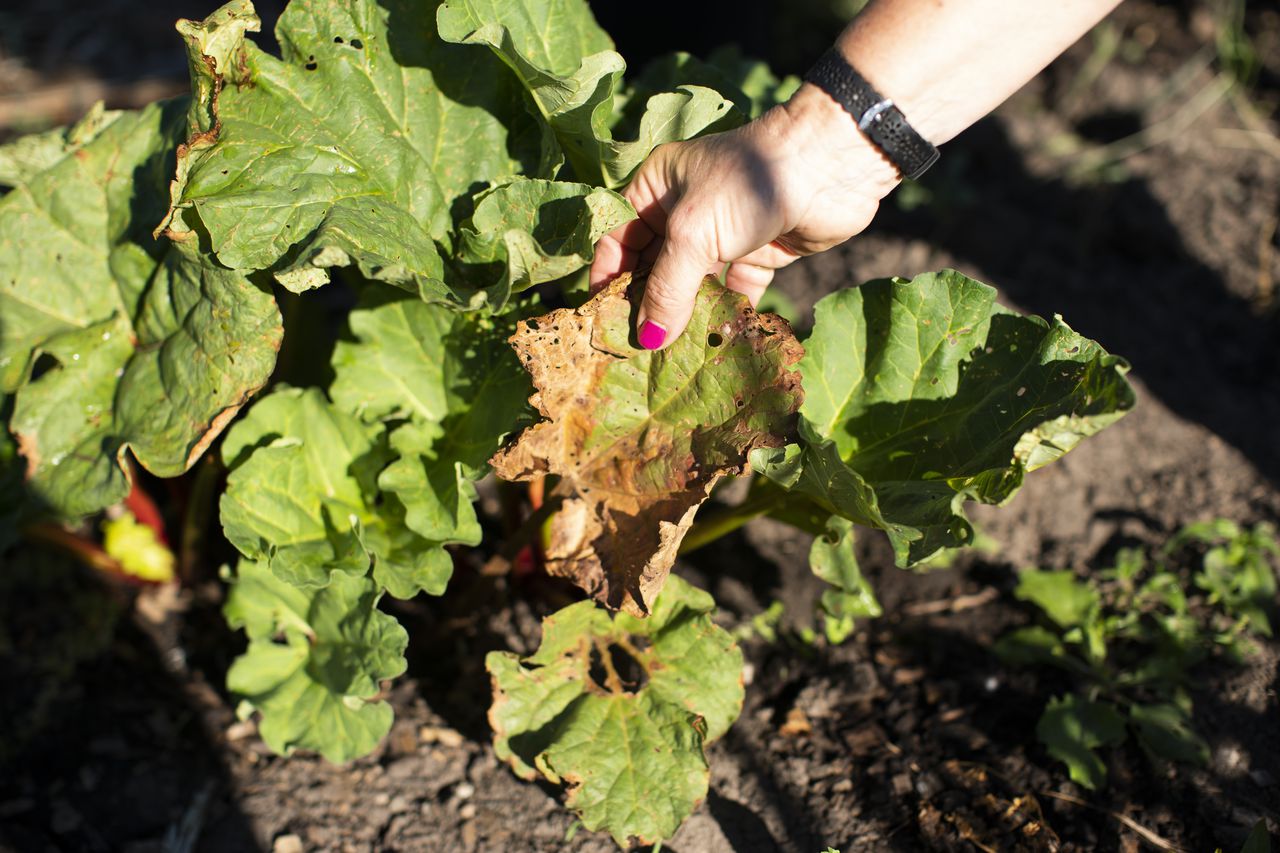Vegetable gardens suffer when hot days lead to hot nights
There is no air conditioning for your garden.
That’s easy to forget when you’re laid out on the recliner, getting a full blast.
But when the heat index reaches 100, then 110, then 115 degrees, as it did nearly throughout Alabama last week, plants have no place to hide. And even though plants are affected in a slightly different way than people, plants get heat stroke, much as people do.
Some folks who don’t think clearly insist that plants don’t mind the heat index. But they do. Because a high heat index usually signals that night temperatures are going to be excruciating. And in Alabama, the worst heat impacts on plants don’t occur during the day, but at night.
Plants are sort of like solar panels – they are made for sun, and as long as they don’t suffer from too much water loss, they usually produce more than enough energy during the day to offset the heat stress.
But when the sun goes down, the solar panels we call leaves quit producing energy, and plants have to use up their reserves to keep their plant juices flowing. For most plants, that works pretty well when temperatures are below about 72 degrees. Plants that were overheated during the day can breathe easy at night. Flowers that were too hot for fooling around during the day find their groove at 72.
But when night temperatures climb above 75, plants in essence start breathing harder, and begin expending more and more of their reserves. At 80 degree night temperatures, many common plants will start losing more energy than they can take in during the day.
That’s pretty much what happens to tomatoes in coastal Alabama in midsummer. It’s a rare tomato that makes it through the muggy nights and humid wet days of July. And even if the plant makes it through, the flowers just won’t be in the mood. Tomato pollen is most viable when night temperatures are around 70 degrees. At 75 degrees, most tomatoes won’t produce any fruit. If it stays above 78 degrees for too long, you just want to put the tomato out of its misery.
It’s not just tomatoes. Your Blue Lake beans will be toast (though why would you think a New York bean destined for life in a can would do well in your Alabama garden?). Even the toughest beans, like the traditional and delicious Alabama rattlesnake beans, will shut down when night temperatures stay in the upper 70s.
These intense summer night temperatures are why I warn folks to plant pole butterbeans for harvest in fall – not summer. Florida speckled, Christmas lima, Alabama black-eyed butterbean are tough as nails, and they’ll grow right through the heat. But they won’t flower worth a toot until temperatures subside.
So I plant them in May, and harvest scads of butterbeans in September, October and early November, continuing into December on the coast. (Don’t even bother with bush butterbeans in this kind of heat.)
Conventional squash – zuchs and yellow squash — are usually laid flat by pests long before the heat can get to them. But high night temperatures will put an end to any kind of fruit development. Same with most cukes and melons. That’s why we recommend getting conventional melons in as early as possible in spring. Or, if you live in South Alabama, plant them in early July for harvest in the cooler days of October and early November.
But don’t get discouraged! There’s a big list of tropical vegetables that tolerate this heat, and some won’t even start producing until night temperatures are really steamy. Okra, eggplants, basil, Southern peas, sweet potatoes are all classic mid-summer Alabama crops that thrive in the hot nights. If we understood our climate better, we’d be adding vegetables like South American peppers, winged beans, snake beans, gingers of all kinds. A couple of my favorite summer greens, longevity spinach and Manihot hibiscus, simply don’t bother growing until night temperatures are above 75 degrees. They are made for Alabama’s summer climate.
